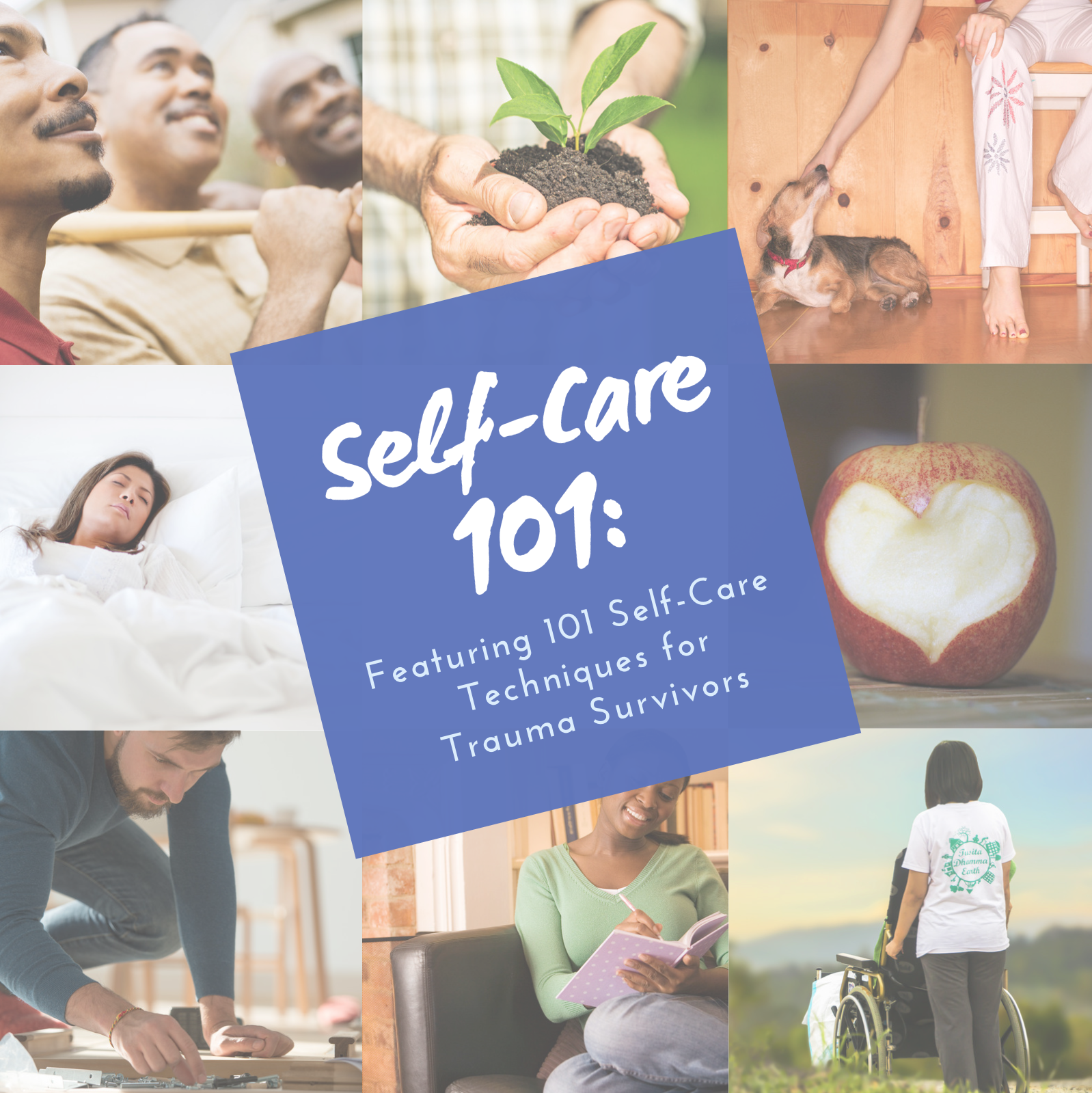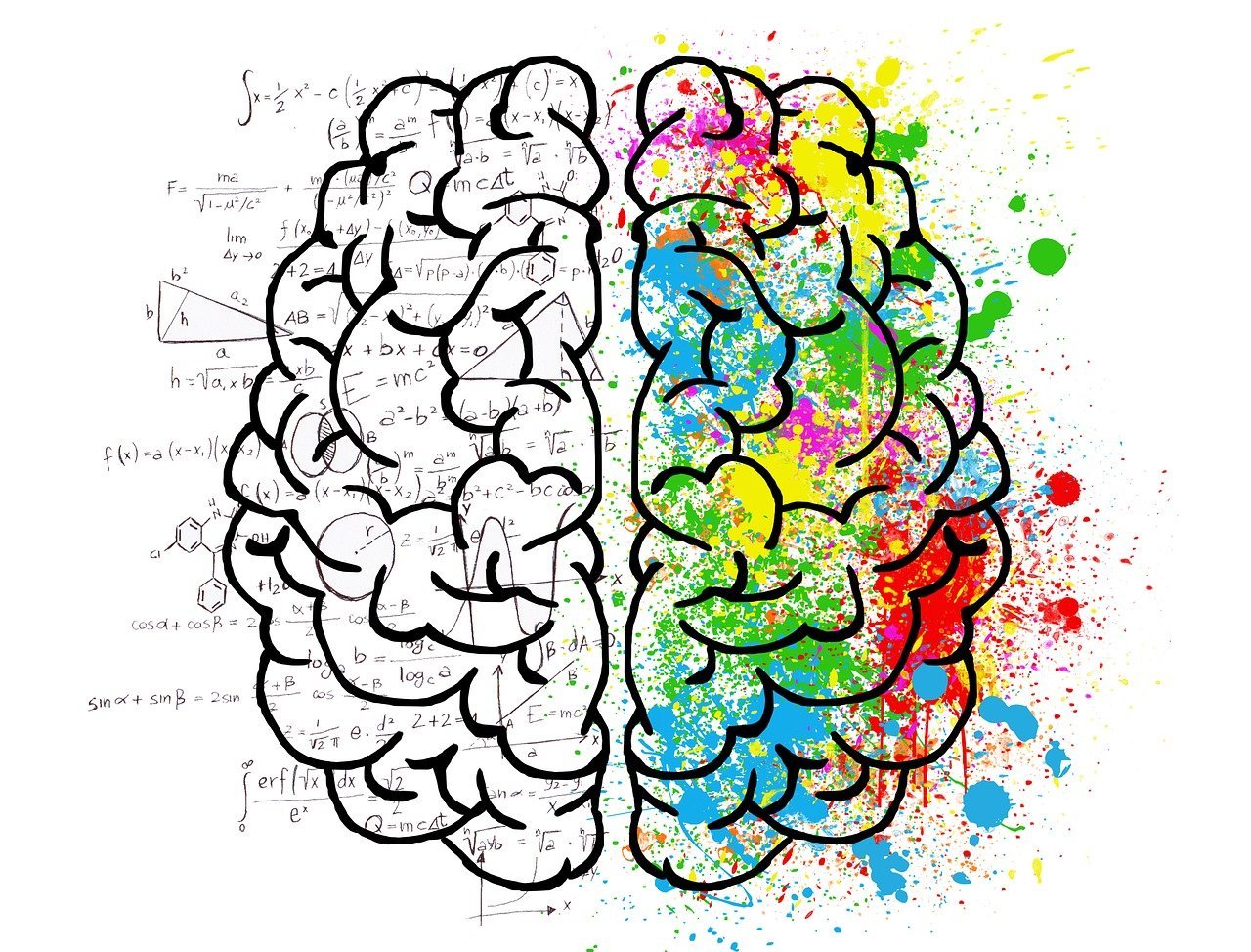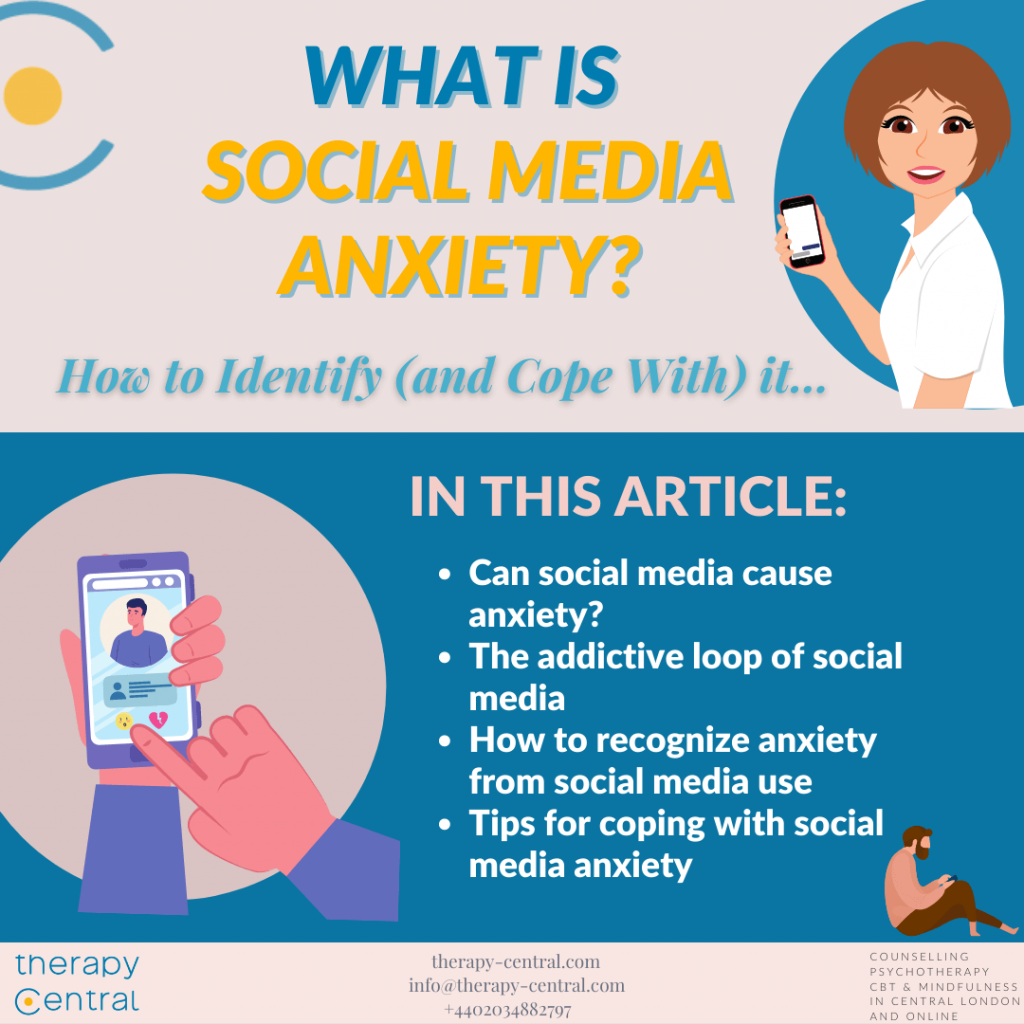The Limitations of Conventional Self-Care
In recent years, self-care has become a buzzword, with countless articles, influencers, and wellness brands promoting its benefits. While practices like mindfulness, exercise, and adequate sleep are undeniably beneficial, they often fall short for those grappling with the profound impacts of trauma. Trauma can manifest in various forms—be it childhood abuse, combat experiences, or systemic oppression—and can deeply affect one’s mental, emotional, and physical health.
Self-care, in its traditional sense, focuses on individual actions to promote well-being. However, trauma-informed wellness recognizes that healing requires a holistic approach, addressing not just the individual but also the systemic and relational factors that contribute to trauma.
Understanding Trauma and Its Impacts
What is Trauma?
Trauma refers to experiences that overwhelm an individual’s ability to cope, leading to lasting negative effects on one’s mental, emotional, and physical health. According to the Substance Abuse and Mental Health Services Administration (SAMHSA), trauma is an event, series of events, or set of circumstances that is experienced by an individual as physically or emotionally harmful or life-threatening.
The Effects of Trauma
Trauma can have widespread effects, including:
- Emotional: Feelings of numbness, anxiety, depression, or anger.
- Physical: Chronic pain, fatigue, or gastrointestinal issues.
- Behavioral: Substance abuse, self-harm, or withdrawal from social interactions.
- Cognitive: Difficulty concentrating, memory problems, or intrusive thoughts.
These effects can persist long after the traumatic event has ended, making traditional self-care methods insufficient for many individuals.
The Shortcomings of Traditional Self-Care for Trauma Survivors
While self-care practices can offer temporary relief, they often do not address the underlying issues caused by trauma. For instance, someone who experienced childhood abuse might find that journaling or taking a warm bath provides momentary comfort but doesn’t alleviate the deep-seated pain or mistrust stemming from their experiences.
Furthermore, the emphasis on individual responsibility in self-care can inadvertently place blame on the survivor. Statements like “You just need to take care of yourself” can be dismissive and fail to acknowledge the systemic and relational factors contributing to the individual’s distress.

What Is Trauma-Informed Wellness?
Trauma-informed wellness is an approach that goes beyond individual self-care. It involves understanding, recognizing, and responding to the effects of all types of trauma. This approach emphasizes:
- Safety: Creating environments that are physically and emotionally safe.
- Trustworthiness: Building and maintaining trust through transparency and consistency.
- Choice: Empowering individuals by providing choices and control over their healing process.
- Collaboration: Working together with others to promote healing and resilience.
- Empowerment: Recognizing and building upon individuals’ strengths and experiences.
By integrating these principles, trauma-informed wellness seeks to address the root causes of distress and promote sustainable healing.
Real-Life Examples: Moving Beyond Self-Care
Case Study 1: Sarah’s Journey
Sarah, a 35-year-old woman, had experienced emotional abuse in her previous relationship. She engaged in typical self-care activities like yoga and meditation. While these practices provided temporary relief, Sarah continued to struggle with trust issues and feelings of unworthiness. Through trauma-informed therapy, Sarah was able to process her past experiences, rebuild her sense of self-worth, and develop healthier relationships.
Case Study 2: James’s Experience
James, a 40-year-old war veteran, dealt with symptoms of PTSD. He tried self-care methods such as exercise and journaling, but they didn’t alleviate his nightmares or hypervigilance. After engaging in trauma-focused cognitive behavioral therapy (CBT) and participating in group support sessions, James found significant improvement in managing his symptoms and reconnecting with his community.

Integrating Trauma-Informed Practices into Wellness
To move beyond traditional self-care, individuals can incorporate trauma-informed practices into their wellness routines:
- Mindfulness with Compassion: Engage in mindfulness practices that promote self-compassion and acceptance.
- Somatic Therapies: Explore therapies like yoga, tai chi, or dance to reconnect with the body.
- Community Support: Join support groups or communities that foster connection and understanding.
- Professional Therapy: Seek out trauma-informed therapists who can guide the healing process.
By adopting these practices, individuals can create a comprehensive wellness plan that addresses both the mind and body, leading to more profound and lasting healing.
Frequently Asked Questions (FAQs)
1. What is the difference between self-care and trauma-informed wellness?
Self-care focuses on individual practices to promote well-being, while trauma-informed wellness considers the broader context, including past experiences and systemic factors, to foster healing.
2. Can trauma-informed wellness be practiced alone?
While individual practices are essential, trauma-informed wellness often involves support from professionals and communities to address the complexities of trauma.
3. How can I find a trauma-informed therapist?
Look for licensed professionals who specialize in trauma and use evidence-based approaches like EMDR or trauma-focused CBT.
4. Is trauma-informed wellness covered by insurance?
Coverage varies by provider and plan. It’s advisable to check with your insurance company to understand your benefits.
5. Can trauma-informed wellness help with chronic pain?
Yes, addressing the emotional and psychological aspects of trauma can lead to improvements in chronic pain conditions.
6. Are there online resources for trauma-informed wellness?
Many organizations offer online workshops, webinars, and support groups focused on trauma-informed practices.
7. How long does it take to heal from trauma?
Healing is a personal journey and varies for each individual. It’s essential to be patient and compassionate with oneself during the process.
8. Can trauma-informed wellness be integrated into daily life?
Yes, incorporating small practices like mindful breathing or journaling can be effective daily habits.
9. What role does community play in trauma-informed wellness?
Community provides support, validation, and a sense of belonging, which are crucial for healing.
10. How can I support a loved one on their trauma healing journey?
Offer empathy, listen without judgment, and encourage them to seek professional help if needed.
Conclusion: Embracing a Holistic Approach to Healing
While self-care is a valuable component of well-being, it is not a panacea for trauma. A trauma-informed wellness approach acknowledges the complexities of trauma and provides a comprehensive framework for healing. By integrating trauma-informed practices into daily life, individuals can embark on a path toward sustainable well-being and resilience.




